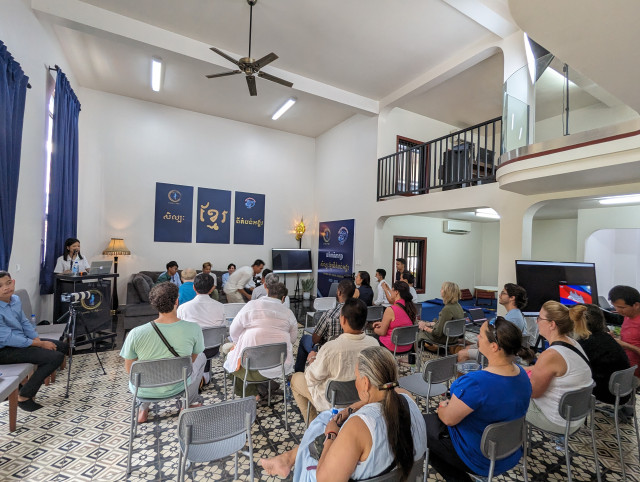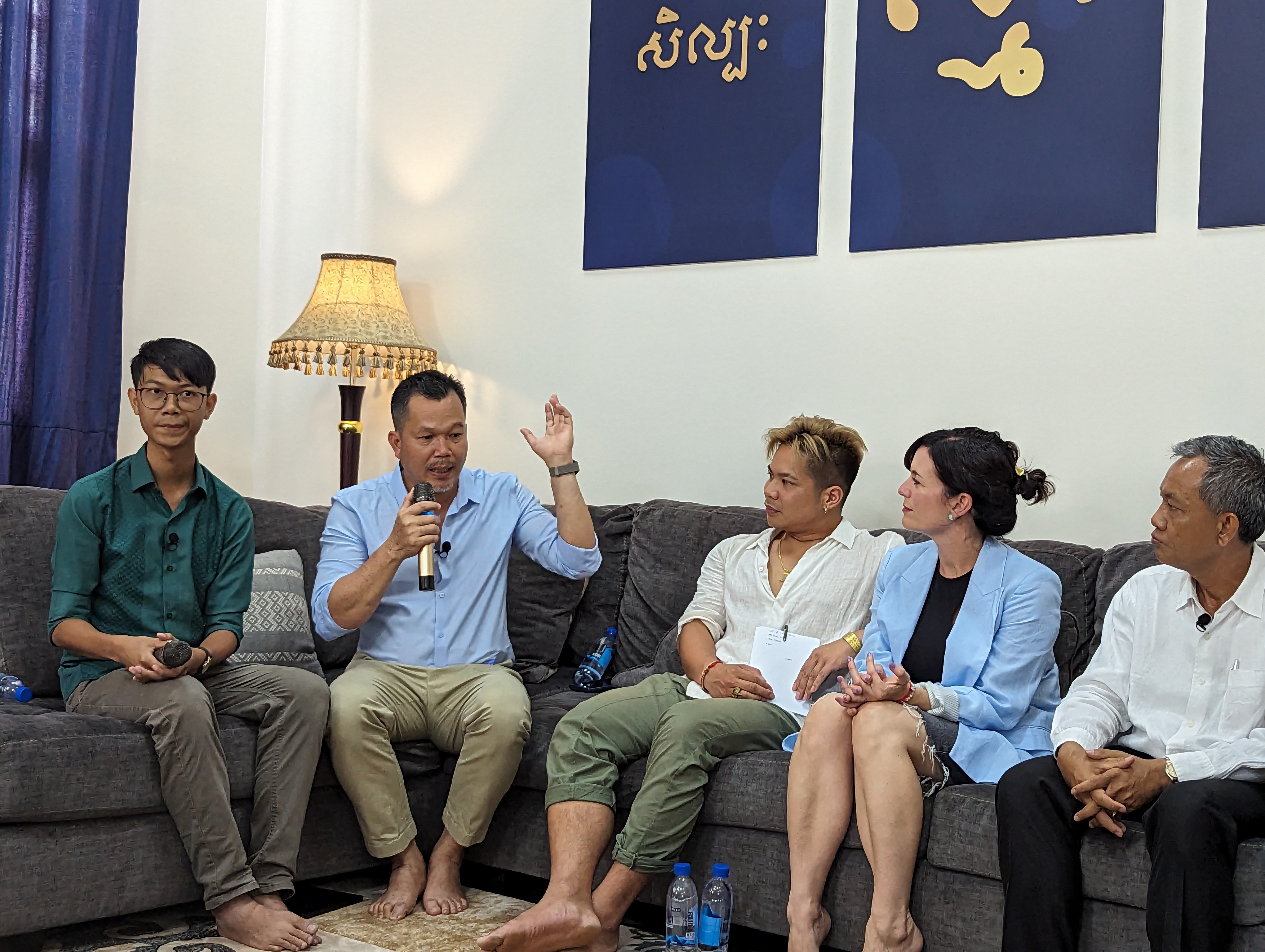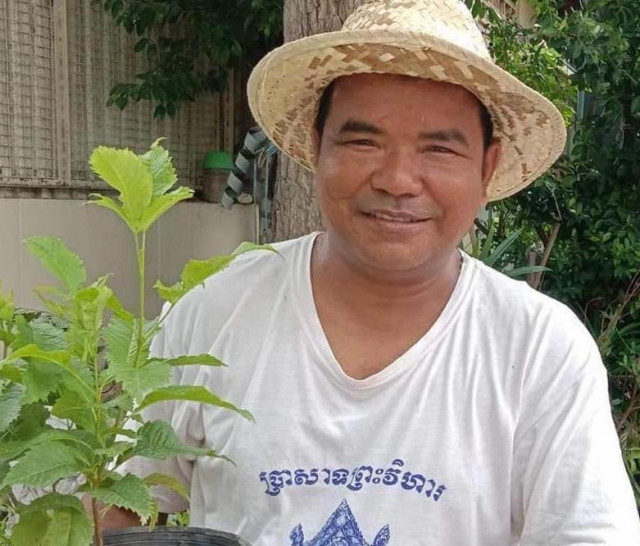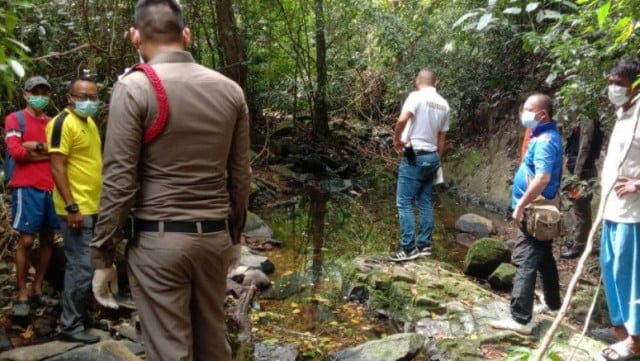Cambodian Art Helps World’s Cities to Heal

- By Alan Kirk
- July 24, 2023 8:40 AM
SIEM REAP – Teachers and artists from the US and Cambodia have come together to harness the power of art to heal communities suffering the long-term effects of war.
A one-day seminar at the Blue Art Center in Siem Reap city on July 20 aimed to build on efforts around the world to bring communities together and heal the inter-generational suffering caused by conflict.
The center was one stop on a study tour by 12 US teachers funded by a Fulbright Hays grant.
Tour leader Kerri Gamache teaches at Middlesex Community College in Lowell, Massachusetts, a city with a big Cambodian population whose families suffered under the Khmer Rouge and the civil war.
Many of their children, now her students, still show the effects of their parents’ ordeal and displacement.
Kerri said community healing meant looking at the issues from a different direction. “We are looking to create culturally responsive courses that teach students about their history,” she said.
Examples included using the construction of the temples at Angkor Wat as examples when teaching mathematics. Cambodian case studies could be used during nursing courses.
“We are here to change our perspectives and bring back to the US the perspectives we have gained.”
For Kerri, it was a chance to meet up again with Svay Sareth, founder of the Blue Art Center along with his wife Maline. Both are internationally famed contemporary artists.

Among Sareth’s celebrated works is Mon Boulet, a two-meter metal ball he pulled from Siem Reap to Phnom Penh representing Cambodia’s struggle, weighed down by its history. Mon Boulet now sits in the Singapore Art Museum.
Chummeng Soun, a Cambodian working in Kerri’s college as an adjunct professor in the fine art and design department, also took part in the event.
He said healing meant creating a safe and nurturing space.
“That’s how the process of healing begins,” Chummeng said. “Everyone comes with a story and every class I teach starts with sharing.
“When students feel a space is safe and see it with their own eyes, that’s where space for collaboration begins. They can share cultural backgrounds and relate to cultural and generational trauma.
“Our role is to continue relationships of nurturing for the future and for the next generation.”
The study group has been gathering information on the use of art as social therapy which has been used in the US and in other countries.
Speakers at the seminar spoke also of the value of art in creating a bridge between racial groups, particularly in the US.
In 2021, the City of Portland invested $150,000 in a Community Healing through Art Initiative. Another $90,000 was raised from other sources.
The city said its people had endured COVID-19, political discord around race issues, extreme climate disasters like wildfires and ice storms. The result was emotional exhaustion and grief.
“In these historic times of heightened emotional exhaustion and grief, local artists are still showing up in many ways, creating art that is evocative, grounded, and often represent new methods of communication in isolating times,” the city said.
America’s Endowment for the Arts has described a local non-profit organisation in Philadelphia, COSACOSA, which develops community-made public art projects to initiate positive social change.
Often, children work side-by-side with peers from different cultural backgrounds, or with different mental or physical abilities, those involved say.
For a few hours, differences that might seem great disappear because they are working on an art project.















